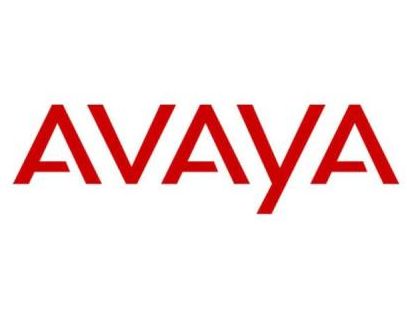Avaya Readies £600m Public Listing

Avaya is preparing for a £610m public listing, following the recent successful outing of LinkedIn
Networking and unified communications specialist Avaya, is reportedly planning to go public…again.
According to the Wall Street Journal, Avaya could file papers for a $1 billion (£610m) IPO as early as this week. The report, which quoted “people familiar with the matter,” indicated that the IPO would be for about 20 percent of the company, which had been a public concern until it was taken private in 2007 by investment firms Silver Lake and TPG Capital.
The IPO would put Avaya’s overall value at $5 billion (£3bn), and would make it the latest tech company in recent months to go the IPO route. Professional networking site LinkedIn had a wildly successful IPO last month that put the company’s value at about $8.9 billion (£5.4bn). Online coupon vendor Groupon recently announced plans for an IPO that officials hope will bring in at least $750 million (£458m).
Route To Market
However, Freescale Semiconductor, which had hoped to raise $1 billion (£610m), generated only $783 million (£478m) in its IPO late last month, and recently said it would borrow another $750 million (£458m).
The underwriters for Avaya’s IPO are Citigroup, Goldman Sachs, Morgan Stanley, JP Morgan Chase, Barclays Capital and Credit Suisse Group, according to the WSJ story.
Avaya has declined to comment on the speculation.
Avaya started out as part of AT&T, then was part of Lucent Technologies, which had been spun off from AT&T. Avaya became its own company in 2000 when it was spun off by Lucent, and for seven years was listed on the New York Stock Exchange until Silver Lake and TPG bought it for about $8.3 billion (£5bn) in 2007 and took it private.
Avaya Expansion
Over the past couple of years, Avaya has aggressively expanded its communications and networking offerings.
The deal for N ortel’s Enterprise Solutions business – part of Nortel’s fire sale after it went into bankruptcy in 2009 – was a boon, enabling the company to overtake Cisco Systems as the top enterprise telephony vendor. In 2009, Avaya also unveiled Aura, its broad UC (unified communications) platform.
ortel’s Enterprise Solutions business – part of Nortel’s fire sale after it went into bankruptcy in 2009 – was a boon, enabling the company to overtake Cisco Systems as the top enterprise telephony vendor. In 2009, Avaya also unveiled Aura, its broad UC (unified communications) platform.
On the networking side, Avaya in November 2010 unveiled VENA (Virtual Enterprise Network Architecture), which is designed to simplify data centre operations as the facilities become more virtualised and extend to branch offices and other remote locations. In May, Avaya added to the effort with a new switch and software.
Avaya also has looked to grow its reach through a series of partnerships with the likes of Hewlett-Packard, IBM, Polycom and Skype.